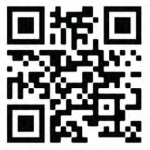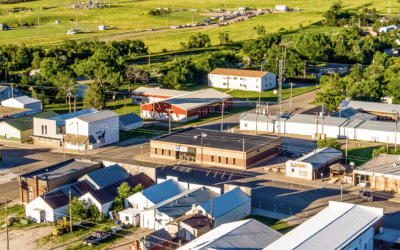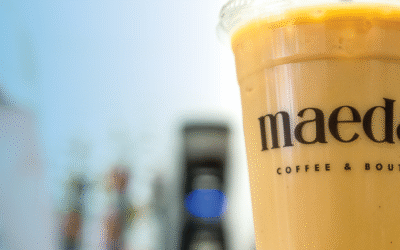QR Codes Make a Comeback
QR codes have made a comeback in the past year as a result of the COVID -19 pandemic, which has forced businesses to creatively reassess safety protocols.
Perhaps you remember them? QR (Quick Response) codes appeared everywhere at the beginning of the s mart phone era. Created for the Japanese automobile industry in 1994, the barcodes store data that, when scanned, takes users directly to information online. Unlike traditional barcodes, which use vertical stripes, QR codes are made up of square-shaped patterns. This allows more data, or characters, to be stored in the image and makes the codes easy to scan.
The Rise and Fall (and Rise) of QR Codes
The first cellphones equipped with QR readers were released in 2002, though the technology didn’t catch on with American consumers until after the iPhone was introduced in 2007. By 2011, some 14 million Americans were scanning QR codes with their cellphones. Usage fell as the codes had technical issues and consumers didn’t want to download third-party apps that were primarily used for marketing. QR codes fell out of favor and were largely abandoned by the late 2010s.
Enter the coronavirus. As the pandemic spread, businesses turned to touch-free solutions to reduce spread. Restaurants were among the first to embrace QR codes, scrapping paper menus in favor of digital ones that enable consumers to order and pay for their food with a wave of their smartphones. Some South Dakota restaurants, especially those in high-t raveled areas, use this technology in place of sharing menus and to promote social distancing.
Restaurants aren’t the only businesses that can use QR technology amid the pandemic and beyond. Small businesses that sell physical products can use strategically placed QR codes to point customers to an online shop, order form or app. Service providers can also use the codes, linking to informational videos or other information.
The Future of QR Codes
Updates to the iPhone and Android operating systems in 2017 enabled all smartphone cameras to scan QR codes without the need for separate apps. As consumers grow used to QR codes again and realize how easy and beneficial they have become, the technology might just stick around this time instead of being relegated to the dustbin of history.
Try It!
 Open the camera on your smartphone and point it at this QR code . There’s no need to actually snap a picture. You should see pop-up message you can click on to visit Golden West’s new informational website, theexchangesd.com.
Open the camera on your smartphone and point it at this QR code . There’s no need to actually snap a picture. You should see pop-up message you can click on to visit Golden West’s new informational website, theexchangesd.com.
Sources: Forbes magazine, BBC News,UXplanet.org, kaspersky.com.




